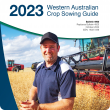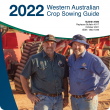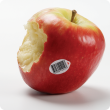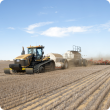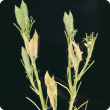Filter by regions:
- (-) Remove Wheatbelt filter Wheatbelt
- Great Southern (301) Apply Great Southern filter
- Mid West (284) Apply Mid West filter
- South West (284) Apply South West filter
- Goldfields-Esperance (271) Apply Goldfields-Esperance filter
- Peel (256) Apply Peel filter
- Perth regions (228) Apply Perth regions filter
- Gascoyne (173) Apply Gascoyne filter
- Pilbara (158) Apply Pilbara filter
- Kimberley (152) Apply Kimberley filter



